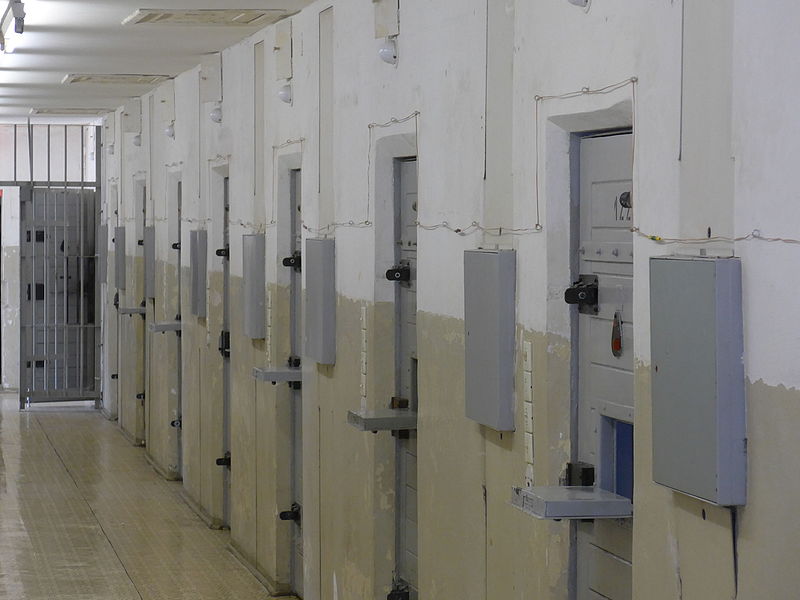The War on Drugs, or The War on Race?
In a recent speech in New Hampshire, President Trump threatened drug dealers with the death penalty as part of his plan to combat the opioid epidemic. Politicians have run on “tough on crime” drug policies for years, yet America is currently facing its biggest drug crisis in history. It is time to end the war on drugs as we know it and look toward other solutions to solve America’s drug problem.
From the outset, a cornerstone of the war on drugs has been to increase prison sentences for drug-related offenses. Former President Nixon was the first to declare a “war on drugs” in 1971. Nixon’s drug policies included mandatory sentencing for drug offenses by increasing the size of federal drug control agencies. Subsequent administrations eliminated much of the discretion that courts historically had in drug offense sentencing. According to Vox, Congress passed drug legislation under each of the Reagan, Clinton and George W. Bush administrations that imposed tougher and tougher mandatory minimum sentences for drug crimes. In fact, 1994 legislation under Clinton included a “three strikes” law, pursuant to which drug offenders could be sentenced to life in prison for repeated offenses.
There was not unanimous support for these harsher sentences. According to PBS’s Frontline, in 1995, the U.S. Sentencing Commission actually recommended that Congress revisit mandatory minimum sentences, but Congress overrode the recommendation. Critics, according to the Atlantic, claimed that legislators were afraid of being seen as “soft on crime” if they were to adopt such measures. Thus, instead of examining whether mandatory minimums were working to decrease drug crimes, under President George W. Bush, Congress created, increased, or expanded another nearly forty mandatory minimum sentences.
These war on drug sentencing policies have led to an exploding prison population in the United States. According to the Drug Policy Alliance, when Reagan was elected in 1980, the prison population for nonviolent drug law offenses was about 50,000 but, by 1997, that same number had grown to 400,000 people. That same source shows that today, over 700,000 people are arrested for marijuana possession each year. According to the Washington Post, The United States has just five percent of the world’s population and yet accounts for twenty-five percent of the world’s prison population. Of course, the United States’ sky-high prison population is not solely attributable to the war on drugs, but as statistics in the Washington Post demonstrate, mandatory minimum sentences for drug offenses play a huge role in U.S. incarceration rates.
The impact of the war on drug extends beyond prison sentences. Harsh drug laws have left 2.7 million kids with one or more parent incarcerated, many of them black or Latino. According to The Hamilton Project, while black and white Americans use and sell drugs at similar rates, black Americans are 2.7 times as likely to be arrested for a drug-related offense. Drug convictions can also leave people unable to find a job, housing, loans, or other financial aid.
But, in spite of having imposed strict sentencing laws as part of the war on drugs for almost fifty years now, the drug epidemic is worse than ever. According to News.com, there are now ten times the number of drug-related deaths in The United States today than there were in 1971, when Nixon began the war on drugs. The United States is currently facing its worst drug crisis ever, with an estimated 2.6 million people addicted to opioids. The evidence is clear: the war on drugs has put more people in prison than ever and yet more people than ever are dying from drug overdoses. America will not solve its drug problem through tougher drug sentences.






